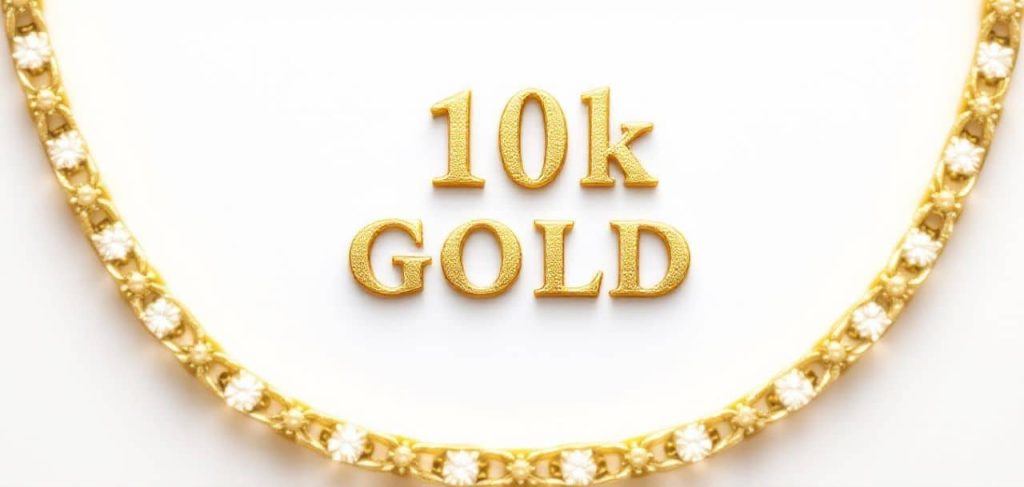Live 10k Gold Price Per Gram
The Formula: (Live Spot Price per Gram) × ([Purity Percentage]%) = Your 10k Price per Gram
Scrap Gold Calculator

Try Our 10k Gold Price Calculator Below
Choose the 10k Karat, enter the weight and see the live value.
So, How Much Will a Pawn Shop Actually Pay for My 10k Gold?
This is the real question, isn’t it? You’ve used our calculator, you see the official market price, but you know the number on your screen isn’t the same as the cash you’ll be offered. Let’s break it down honestly.
Walking into a pawn shop can be intimidating if you aren’t prepared. The key is to understand their business so you can know what a fair offer looks like. A pawn shop isn’t just buying your gold; they are running a business with rent, employee salaries, insurance, and the costs of melting and refining the gold they buy. They also take on risk, as the price of gold could drop tomorrow.
Because of this, you should expect an offer that is a percentage of the full melt value shown on our calculator.
The “Fair Offer” Formula
Think of our calculator’s price as your secret weapon. It shows you the 100% full market value. A pawn shop’s offer will typically be in this range:
- Average Offer: 60% – 75% of the full melt value.
- A “Good” Offer: 75% – 80% of the full melt value.
Offers below 60% are low, and it might be a good idea to visit another shop to compare.
Let’s Do the Math with a Real-World Example:
Imagine you have a 10k gold ring that weighs 5 grams.
- Find the Full Value: You use our calculator, and it shows the live 10k gold price is $30.00 per gram.
- 5 grams x $30.00/gram = $150.00 (This is the full melt value).
- Calculate a Fair Offer Range: Now, you can figure out what to expect.
- 60% Offer: $150.00 x 0.60 = $90.00
- 80% Offer: $150.00 x 0.80 = $120.00
Armed with this knowledge, you can walk in confidently. If the pawn shop offers you $110, you know you’re getting a very fair deal. If they offer you $70, you know there is likely room to negotiate or it might be wise to try a different buyer.
The goal isn’t to get 100% of the market value from a local buyer—that’s simply not how the business works. The goal is to walk in with knowledge, understand the numbers, and leave feeling confident that you were paid fairly for what you have.
From Data to Dollars: Understanding the Price
The price you see above is the real-time “melt value” for 10k gold on the international commodities market. It’s the price for the raw, refined metal.
If you are looking to sell scrap gold (jewelry, coins, etc.), this number is your most important benchmark. However, a buyer’s cash offer will be slightly lower (typically 70-90% of this value) to account for their refining and business costs.
Have 10k gold items to sell? Use our Scrap Gold Calculator for a precise estimate based on your item’s weight.
Your 10k Gold Questions, Answered
You’ve got 10k gold, and you want to know what it’s worth. You’re in the right place. Let’s clear up the common questions so you can understand its true value.

